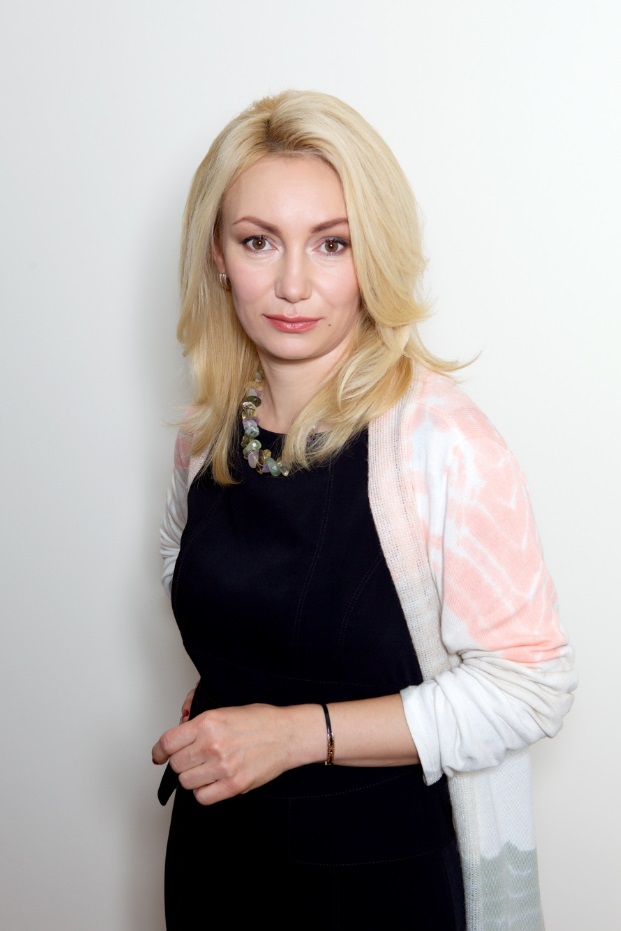Nadezhda Ryazantseva, Analytics Director, Segezha Group: “In Q1 2024, we saw an increase of demand and prices in some locations”
In Q1 2024, the Russian timber industry was still recovering after the shocks of 2022. Nevertheless, some positive trends of leaving the sanctions-related crisis behind are gradually emerging in the industry. This has been noted by major timber companies too. WhatWood spoke with Nadezhda Ryazantseva, Analytics Director at Segezha Group, to find out what trends exist in the global market and how the Group is currently adjusting to the challenging economic situation in the industry.

What situation is emerging in the Russian and global markets of timber products? Is stagnation continuing, or are any growth points taking shape? What is the cause of the crisis? Is this a cyclic event or an artificially provoked occurrence?
Having watched timber industry trends on a global scale for over 20 years, I can say that over the past 5 years, forecasting became more complicated. Economic recessions, geopolitical conflicts, the climate change, the pandemic, sanctions, logistics, deferred demand—all this has drastically changed the global market and the behavior of consumers and producers. That is why the current situation in the market cannot be called either cyclic or artificially provoked. We have entered a new reality where “black swans” have a considerable impact.
What we currently observe is a result of several factors that first emerged in 2022, when Russian producers generally accepted the fact that the key European market had become unavailable and faced supply restrictions caused by the high customs duties imposed in North America and Japan. The business therefore found itself in a situation where it needed to reorient its shipments to open, available markets as soon as possible.
This transformation continued in 2022 and H1 2023. In 2023, the situation began to stabilize, once this stressful period for the business was over. Consequently, the strategy for further development has become more confident: it includes increasing our share in available markets (existing and new ones), solving some problems associated with logistics and payments, and import substitution.
How do the Russian and global markets generally feel? Based on the Q1 2024 performance, we can already say that positive trends are taking shape in the market. For example, we see a higher demand and higher prices of key products where the construction industry accounts for the greatest share and deferred demand plays a significant role. So today, we observe a sharp hike in consumption and a price growth across some locations.
What positions does the Russian timber industry maintain globally? What are the key changes for the Russian business abroad? Has the situation stabilized or is it continuing to transform?
Today, Russian products are sold in alternative markets without any problems. The demand for Russian goods is only increasing as the sales channels and long-term relations are developing.
As for the plywood export, when the European and North American markets were available, Russia was supplying up to 60% of its plywood there. These markets shaped most of the demand. When the situation changed, Asia increased its consumption of Russian plywood by several times. All shipments were basically reoriented to Asian destinations.
How could consumption in Asia increase by several times, you might wonder? With a high-margin European market at their disposal, Russian producers were not developing any other destinations or building any long-term relations. But China, for instance, had been ready to buy plywood before. Once the situation changed drastically, China seamlessly accepted the amounts that could no longer be sold elsewhere. Moreover, China is ready to purchase more high-grade plywood and special-purpose products.
Read more in Russian Timber Journal 04-2024.
 Timber industry research & analytics
Timber industry research & analytics 